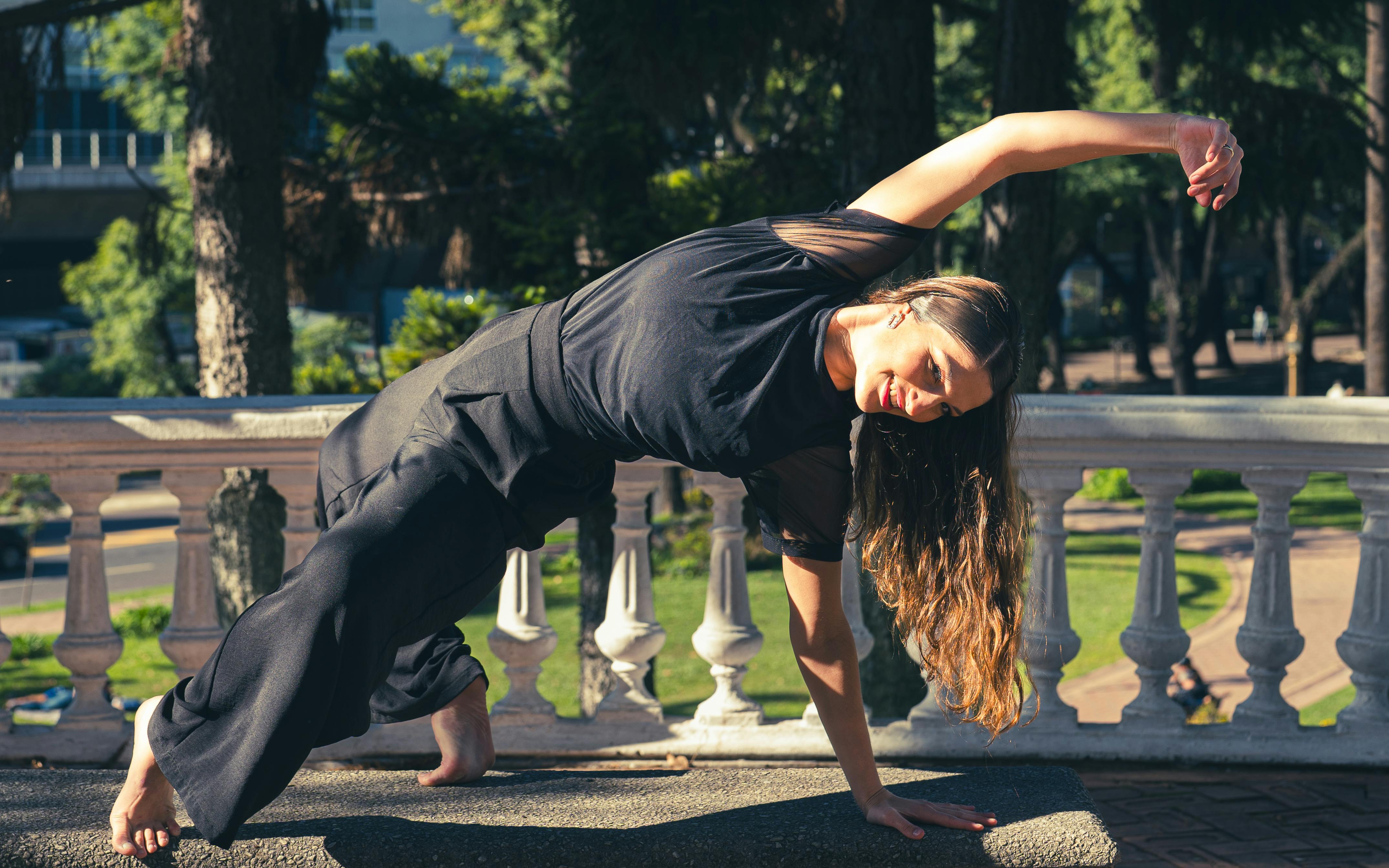Reimagining Fitness through the Lens of Calisthenics
Imagine a world where your body is the only gym you need—a world where you can achieve peak fitness without expensive equipment or fancy gym memberships. Welcome to the world of calisthenics. Powered by gravity and your weight, calisthenics is an ancient and enduring form of training that's experiencing a modern resurgence.

Chapter One: The Rich History of Calisthenics
Calisthenics, derived from the Greek words ‘kalos’, meaning beauty, and ‘sthenos’, meaning strength, is as ancient as human civilization itself. Ancient Greeks and Romans used it to train their soldiers, and it was a staple in the daily lives of people in Asia and Africa. Even famed philosopher Socrates was said to have practiced calisthenics. In the 19th and 20th centuries, it became the backbone of physical education in schools worldwide, only to be overshadowed later by machine-based workouts. Today, it’s making a comeback, driven by the desire to return to basics and the realization of its immense benefits.
Chapter Two: The Modern Resurgence of Calisthenics
In a world obsessed with technological advancements, calisthenics offers an exciting counterpoint. It champions minimalism: no equipment, no gym, no problem. Instead, it focuses on mastering your body control, enhancing functional strength, and achieving a well-rounded fitness level. The rise of social media has also contributed to its resurgence, with athletes showcasing gravity-defying feats on platforms like Instagram and YouTube, inspiring millions worldwide.
Chapter Three: Understanding the Science of Calisthenics
Calisthenics is rooted in the principles of biomechanics and kinesiology. It employs compound movements that engage multiple joint actions and muscle groups simultaneously, such as pull-ups, push-ups, and squats. This approach not only enhances muscular strength and endurance but also improves flexibility, agility, and balance. It also fosters better intermuscular coordination, encouraging different muscles to work harmoniously, leading to more efficient movement patterns.
Chapter Four: The Benefits and Challenges of Calisthenics
Calisthenics offers numerous benefits - it enhances muscle tone, boosts cardiovascular health, improves posture, and promotes mental well-being. As a bodyweight regimen, it’s versatile and can be customized to any fitness level. However, it’s not without its challenges. It requires patience and perseverance, as progress can be slow. Additionally, due to the high skill level required for advanced movements, the risk of injury can be high without proper guidance and form.
Chapter Five: Unleashing the Power of Calisthenics in Everyday Life
The beauty of calisthenics lies in its applicability to everyday life. The strength, flexibility, and balance gained through this form of training translate into improved performance in daily tasks and other sports. Whether it’s lifting groceries, playing with your kids, or participating in a local football match, calisthenics ensures you’re always in your best form.
Calisthenics is not just a form of exercise; it’s a lifestyle choice. Its resurgence in the modern world serves as a reminder that sometimes, returning to the basics can lead to profound transformations. So, next time you think about fitness, remember – all you need is your body, some space, and gravity.




